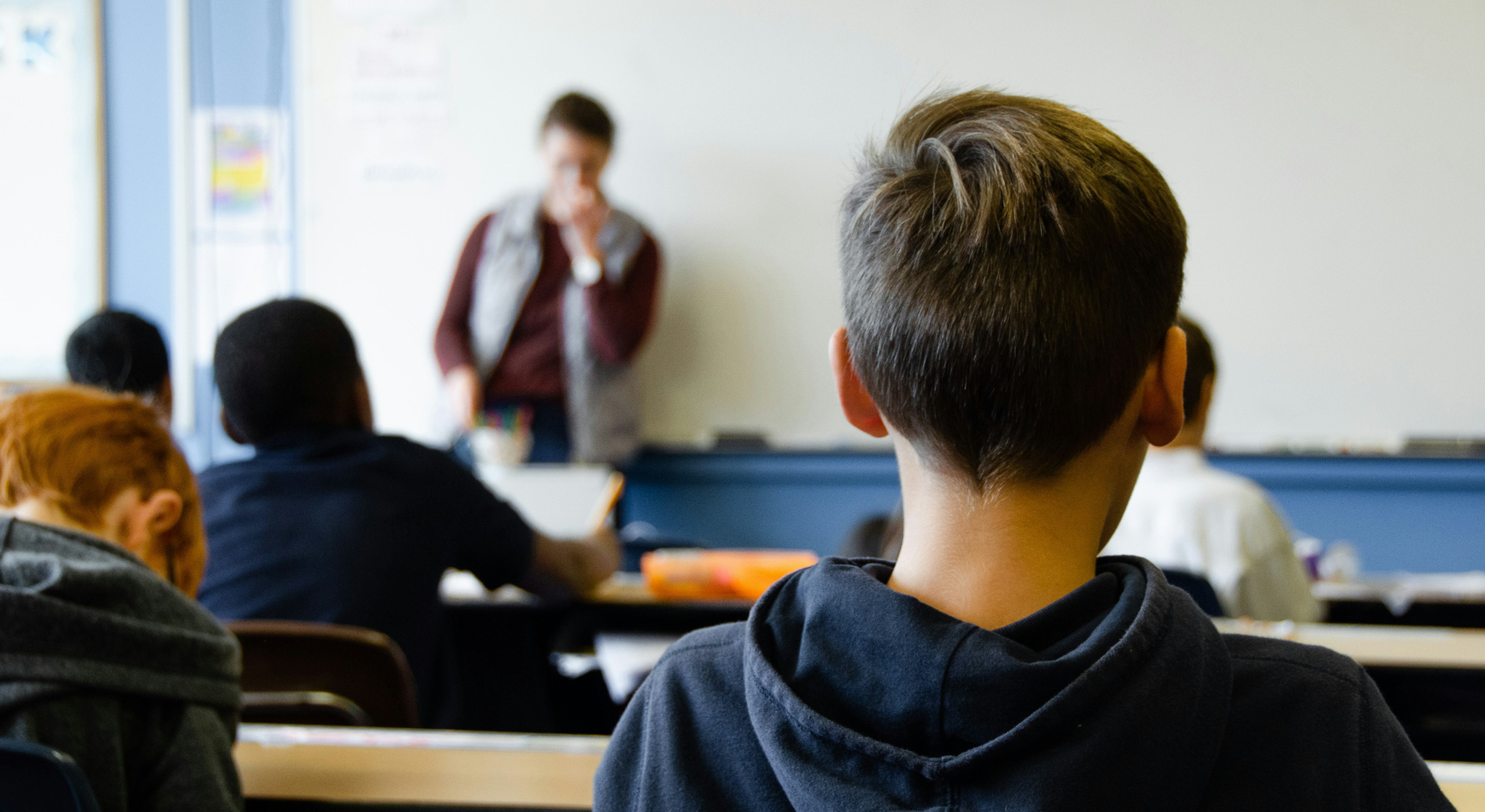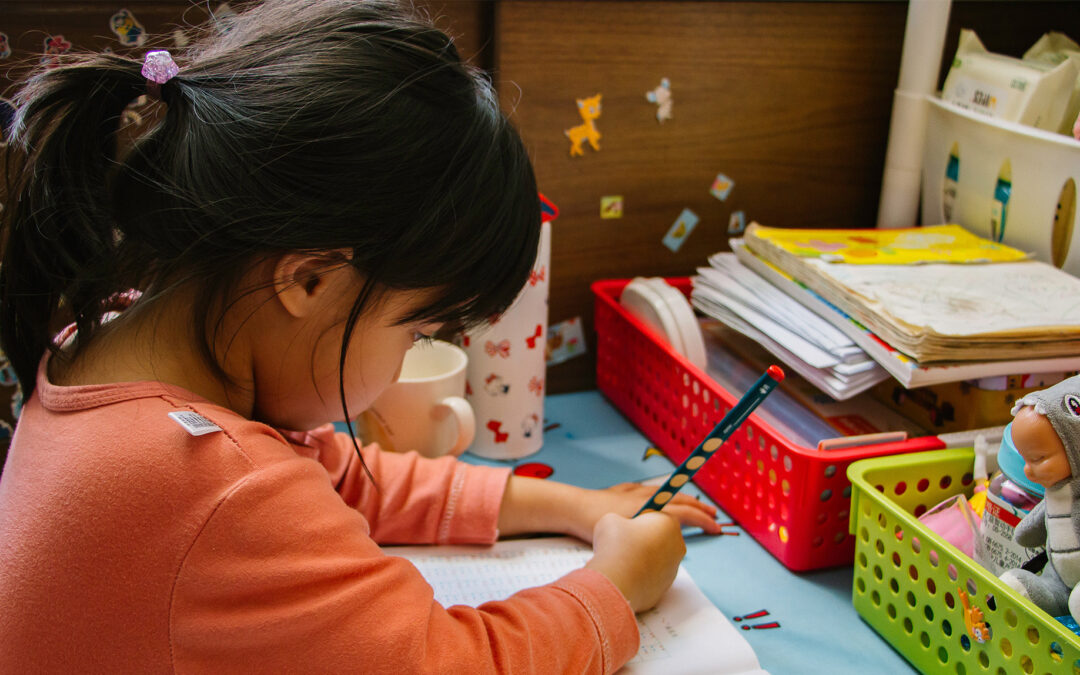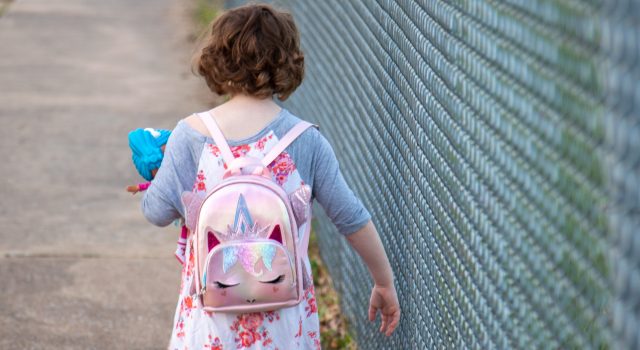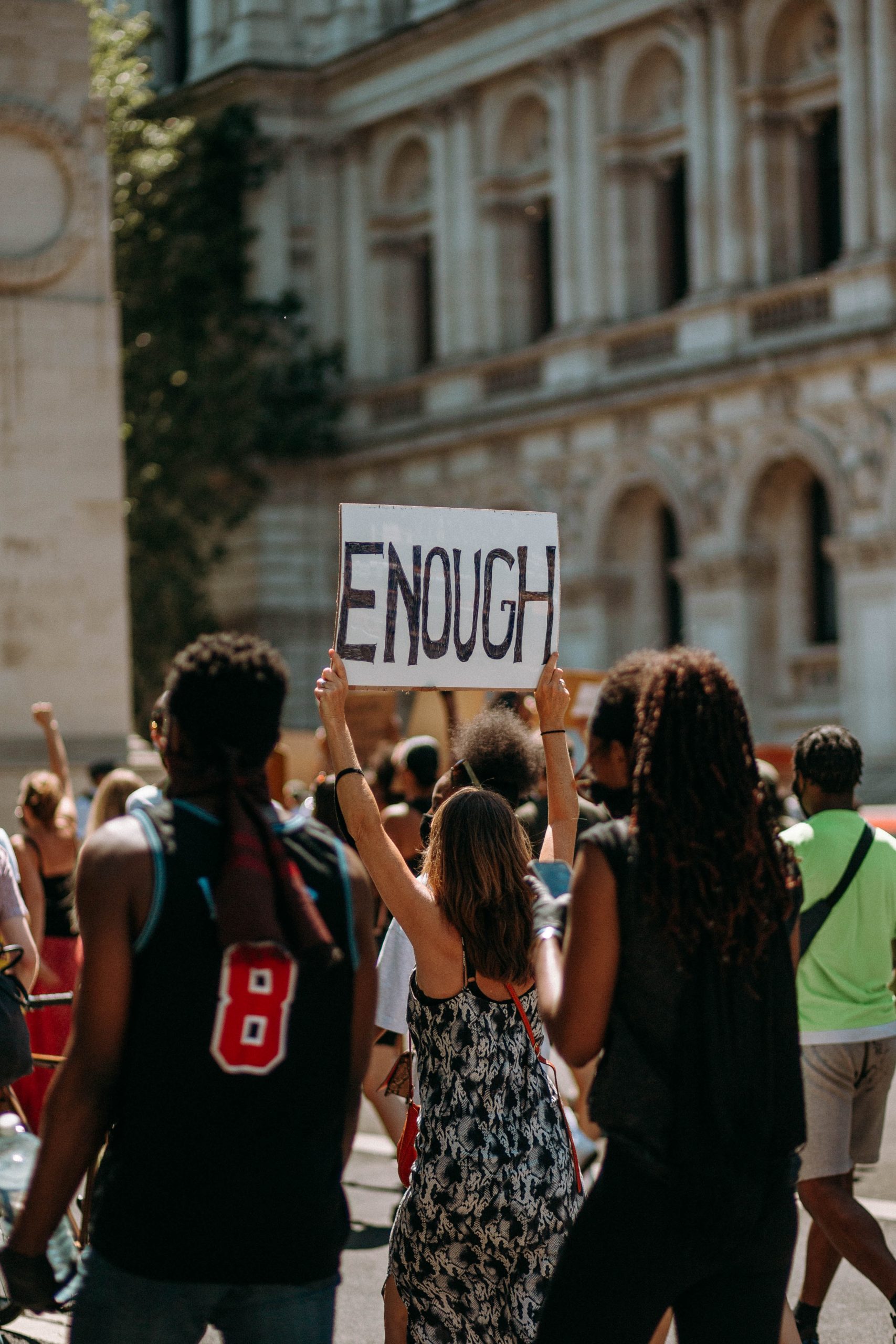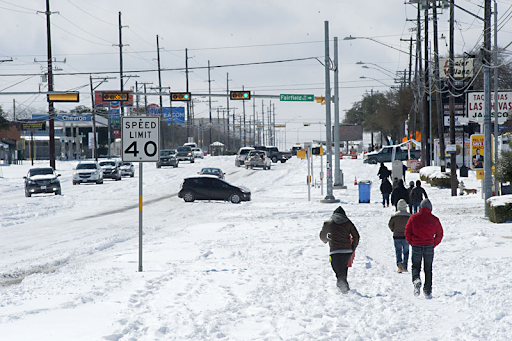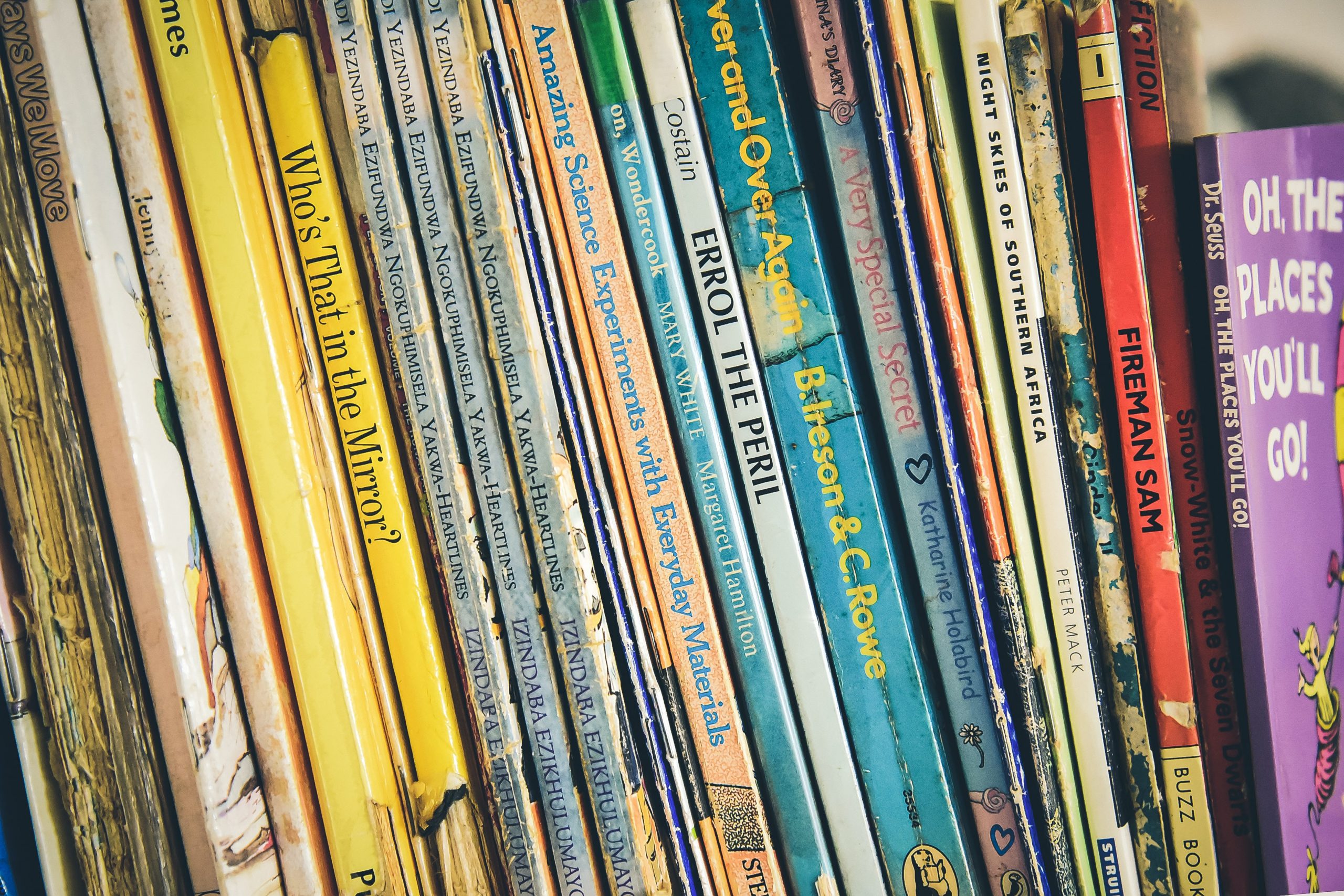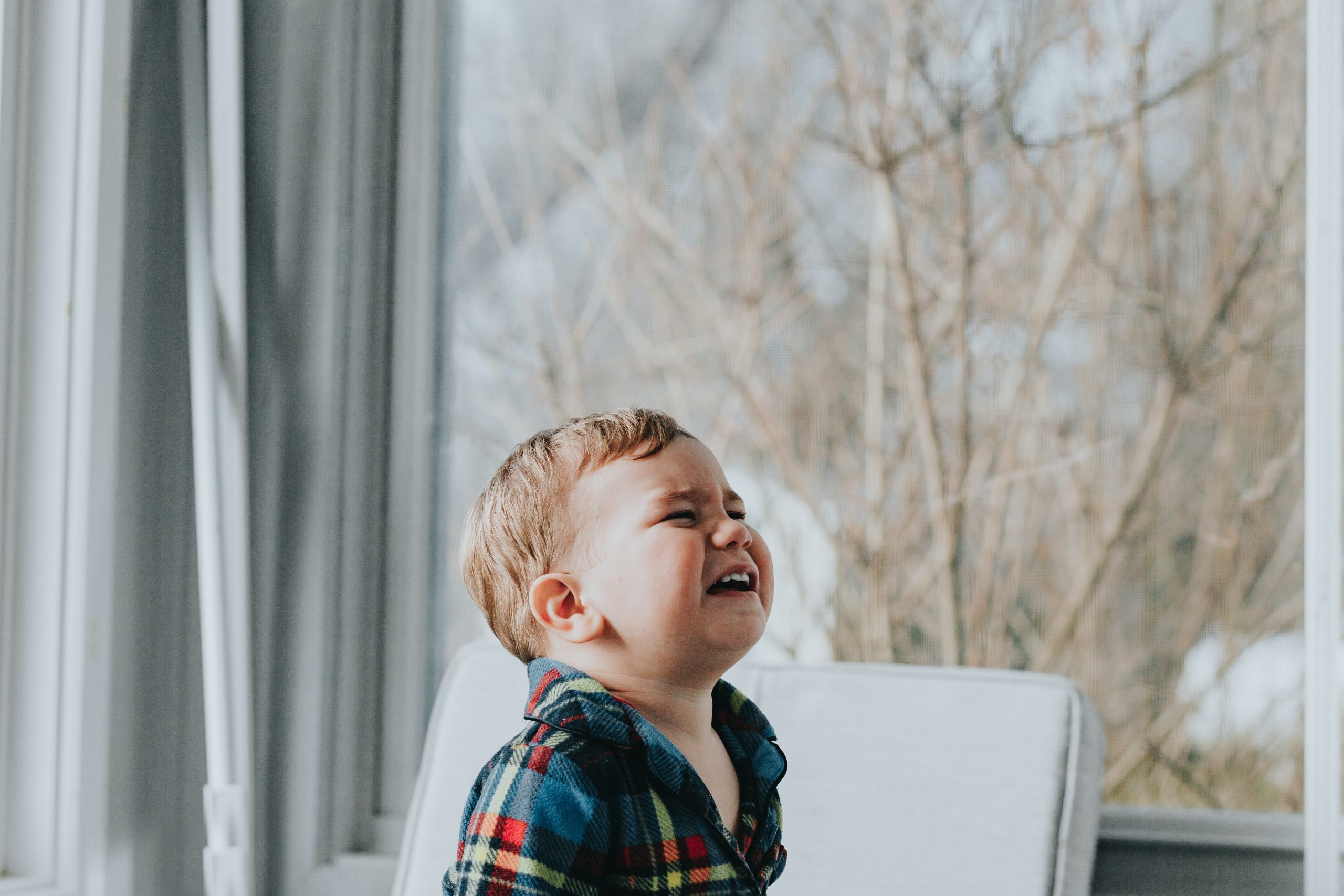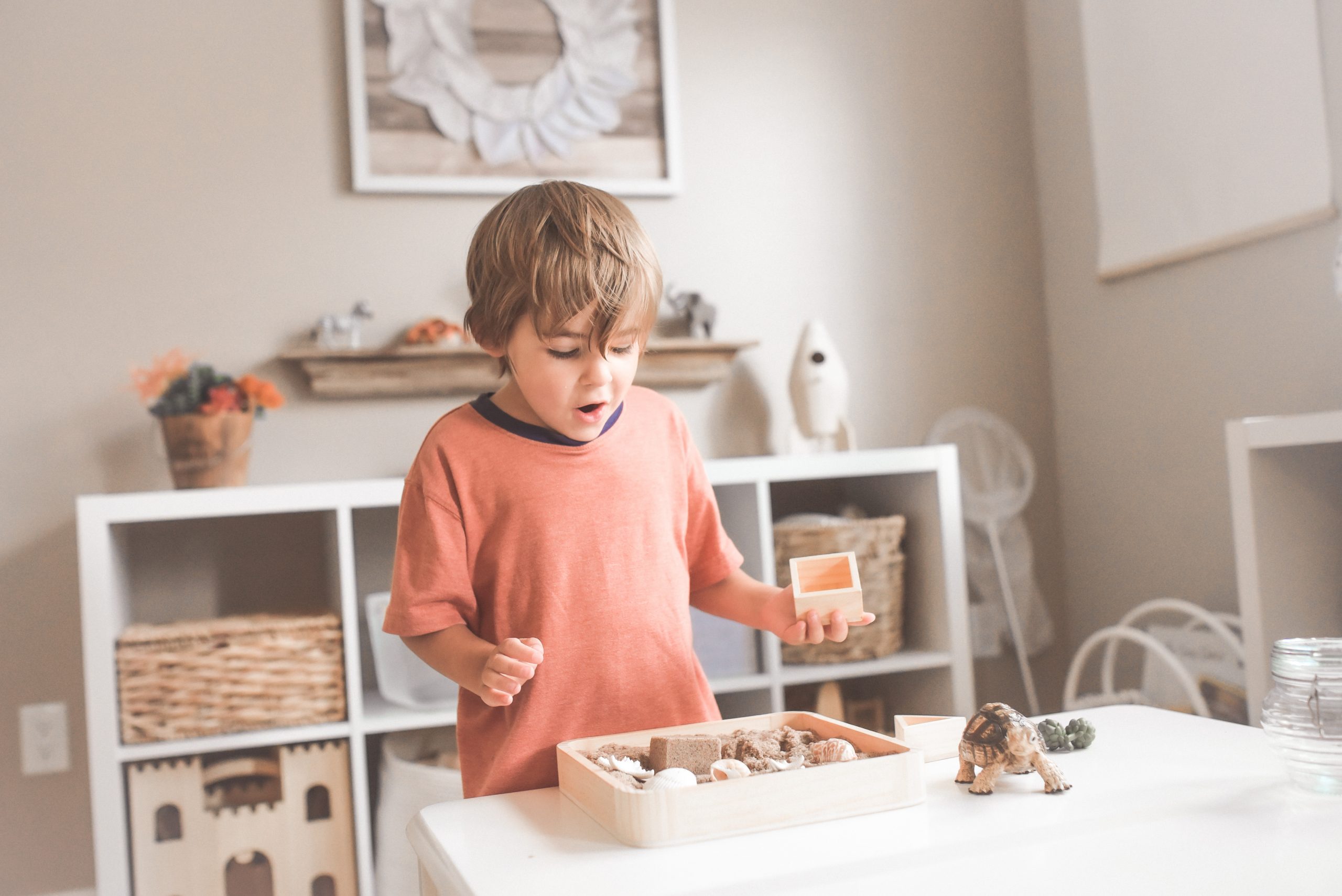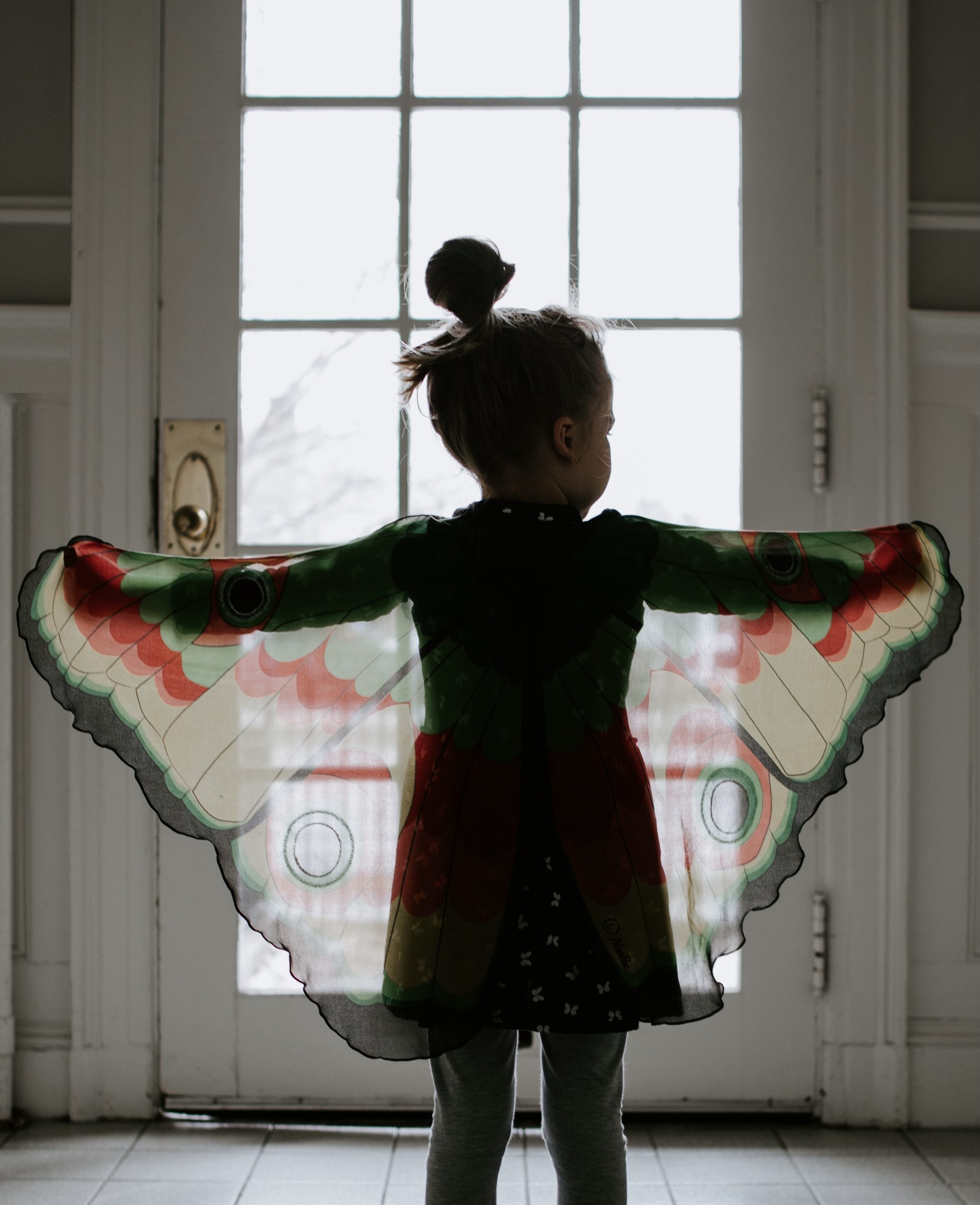While the start of a new school year is often framed as a fresh beginning, for some children and parents, it can also stir up a quieter, more complicated feeling: grief. Beneath the surface of the typical nervousness and excitement, there may be a sense of loss that’s harder to name, tied to what is ending just as much as what is beginning.
We often associate grief with death, but grief can also arise from transitions, endings, or any kind of change. Maybe it’s the loss of a close friendship that quietly faded over the summer or a once-safe routine was disrupted by a family move, divorce, or health issue. Maybe summer was the first time in a while your child truly felt like themselves and now they feel that version of them has to be packed away for the school year. For parents, it might mean letting go of long, unstructured days spent together and releasing their child into someone else’s care after months of close connection. In families where the summer break brought healing, routine, or a much-needed pause, the shift into the school year can feel like something has been broken open.
This year, that sense of grief may be even more intense. Our community has endured profound loss because of the devastating Hill Country floods this summer. Lives have been lost, homes have been destroyed, and what was once familiar no longer feels the same. Whether your family was directly impacted or you’re simply holding the weight of our community’s shared mourning, that grief lingers.
In children and teens grief doesn’t always announce itself as sadness. It might show up as trouble sleeping, difficulty focusing, emotional outbursts, resistance to daily routines, increased anxiety, or a stronger need for reassurance and closeness. For parents, grief can be experienced as guilt, overwhelm, or frustration that sneaks up in the form of irritability, tears, or a heavy, disconnected feeling that’s hard to name.
When we name what’s happening as grief, instead of labeling it as misbehavior, laziness, or an overreaction, we open the door to care and understanding. We allow ourselves and our children to be human, which means responding with empathy instead of judgment.
Holding Space for Both Grief and Growth
Grief and growth can exist in the same moment. It’s possible for your child to be both excited about seeing their friends again while also feeling deeply sad about the end of summer. It’s also possible for you to feel relief at the return of routine while also mourning the intimacy that came from having your kids close for so many weeks.
Instead of trying to fix or brush past these feelings, try creating space for the mixed feelings. You might consider:
- Acknowledging and validating mixed emotions. Saying something like, “You’re really going to miss being home. That makes a lot of sense because it was a special summer,” offers a simple reflection that is grounding and provides an opportunity to build trust and connection.
- Creating small rituals of connection. A short morning routine, a walk after dinner, or listening to music together during the commute can help anchor your child and provide stability they can count on, even when routines shift.
- Opening the door to hard conversations. Collective grief is real. If your child has been hearing about the floods or knows someone affected, invite gentle dialogue. Saying something like, “A lot of people are hurting right now because of what happened this summer. It’s okay if you feel sad or confused, even if we weren’t directly impacted,” can help them feel safe and seen.
- Ask about what they’re leaving behind. Instead of only focusing on what’s ahead, try asking, “What’s been hard to let go of this summer?”
As painful as it is, grief is not something to escape or avoid. It is a testament to our capacity to love and our deep connection to the people, places, and routines that matter most to us. Grief reveals just how much we care. To grieve is to feel fully, and that depth of feeling is a powerful part of being human. When people are supported through grief with openness and honesty, they have the opportunity to gain something invaluable: resilience. They begin to understand that they can survive incredibly difficult things and that emotions can feel big, but they won’t last forever. Loss, no matter how painful, does not cancel out the joy and love that are abundant in the world. These are painful but important experiences, and they create the foundation for lifelong resilience.
There is a quiet beauty in learning to say goodbye, honoring what’s changed, and choosing to still keep our hearts open to being hurt again. Grief has the power to soften and strengthen us in the best ways. It reminds us that we are alive and connected, and that healing, while not always linear, is possible.
Additional Resources for Support:
Podcast About Supporting Children Through Transitions
Journals With Prompts To Guide Reflection
The Invisible String – Children’s Book about Separation & Loss


